Pros of starting your own vegetable garden
Having the place where you can grow even a little bit of your own fruits or vegetables is highly beneficial. First of all, gardening can become quite a useful and fruitful hobby. You get to spend some time outside, breathe fresh air and take part in unbelievable natural processes, when a tiny seed grows into a full size plant. Secondly, you may actually receive fresh products and know where and how they were grown and what chemicals were put in them (if there were any). Also, you’ll enjoy an opportunity to go out to your garden and pick vegetables. You’ll get to savor the taste of a salad or a smoothie made out of fresh cucumbers, or tomatoes, or salary that didn’t travel more than several feet to your table and didn’t lose any vitamins or nutrients during the process. And, no chemicals were used to preserve their state during long transportation.
Believe me, it feels so good to see how quickly a plant can grow and understand that you helped it reach this point. And picking a fresh vegetable directly off the plant and eating it right away is the experience that’s worth putting effort into learning how to garden, making your own vegetable garden, and devoting time to taking care of plants. I promise you, the vegetables you grow yourself even taste much better than the ones you buy at the store or farmer’s market.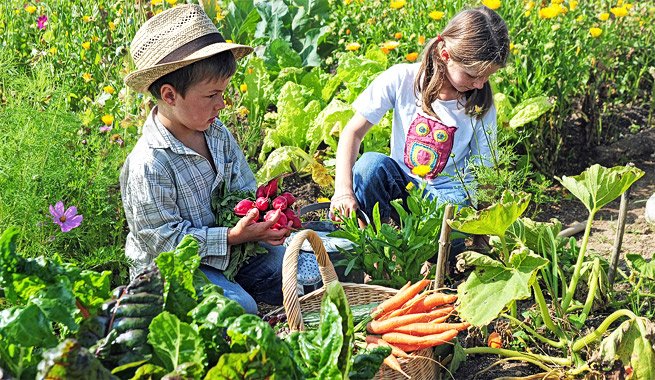
Besides, you may involve your kids into this process and show them where their food actually comes from. They will enjoy exploring new things. They will be proud of the fact that they helped you grow the vegetables they eat. Gardening will also help teach kids how to take care of plants and show that everything requires attention and care to thrive. Also, this process teaches kids that we have to work hard to have food on our plates, not mentioning other things like clothes, housing, etc. You’ll learn to appreciate the food you get and its quality together with your kids. And maybe, you’ll manage to develop healthy eating habits in your child and inspire him/her to garden as well.
Vegetable gardening is not too difficult to learn. However, you have to conduct your research in order to figure what plants you can grow in your local area, what the best way to plant them is and how to take care of them. You may also find the best types of tomatoes or other vegetables, their taste peculiarities, their productivity. It’s also important to look into what plants you can grow in close vicinity. That information may help you select the types of vegetables you’re willing to grow according to the size and conditions of your future garden and, of course, your personal preferences. Turns out, you may literally grow any vegetable you want if you create appropriate environment.
And, if you’re having trouble while learning all that stuff and you seem to be lost in that ocean of information, you may totally consult with a professional gardener. It’s better to find a local specialist, who knows which vegetables are able to survive in local conditions. He may also help you take care of plants if you’re completely new to gardening. You’ll definitely need his help if you’re planning to set up a large garden to provide your family with enough supply of vegetables. So, visit HireRush.com to find an experienced gardener to give your future garden the right start and actually end up with reasonable harvest at the end of the season.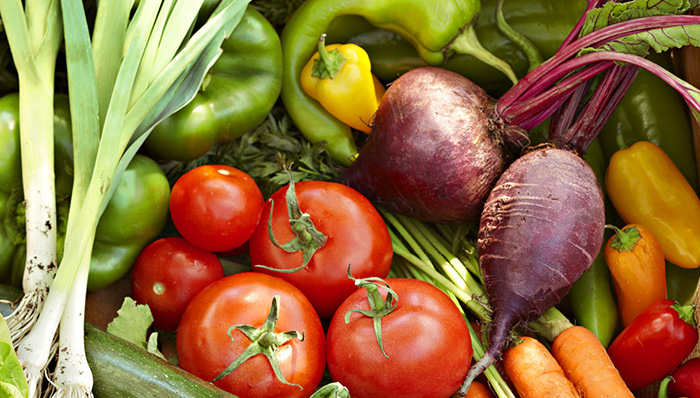
But, before we get to that point, we should prepare the base to grow our vegetables. So, we need to learn how to start a garden first and then proceed to picking out the vegetables, planting and growing them. And, that is exactly what we’re going to do right now.
How to make a garden
2 main vegetable garden options
First, you have to decide whether you’re going to grow your vegetables in pots or in an opened land type of garden. The first option will be perfect for those who don’t have too much backyard space or who just want to try out gardening and develop their skills a little bit more before completely diving into it. But, as the only thing you have to do to start such garden is to purchase several pots and soil, we won’t talk about it too much. Instead, we’ll see how to start a garden, which is more traditional and involves vegetable gardening on the opened land.
Steps to start a vegetable garden
- Measure the spot and mark the garden’s edges on the land. Use some sand for that matter.
- Clean out the area. Obviously, you have to do that in spring or even in autumn to prepare the surface and let it rest during the winter and soak in the melted snow if you ever get it. So, the first thing you have to do is to remove all leaves and other junk that appears to be on the future garden spot. Then, you need to kill off your lawn. Unfortunately, you’ll have to roll up your perfect grass or just take off the top layer of soil with grass and its roots. The task will be easier if you mow the grass beforehand.
- Dig the area you’ve just freed from grass to make it soft and airy. Make sure to pull out all roots and throw away all rocks. Professional gardeners say that if your natural soil is not really the most suitable for growing vegetables as it’s not rich enough, you need to make it richer. You should probably purchase organic fertilized soil to ensure proper ‘growing’ area. Or, you may get compost and blend it with your soil to make it richer and better for plants.
- While enhancing your soil, consider organic methods to control weeds, as you could also try herbicides. However, be careful of potential health risks associated with chemical weed control methods, and stay informed to avoid finding yourself in the midst of a round weed killer lawsuit.
- Go around the garden’s edges and make them more sharp and defined. You may also want to purchase several long wooden bars and set them up and garden’s outlines, just like flower or vegetable bed’s edging. This will help you prevent the grass from crawling into the bed and the garden’s soil – from crawling out of bed. Concrete curbs may work as well, but they’re more expensive and more difficult to deliver.
- Once you’ve prepared the garden, you may start setting up the plants as you’ve planned and actually transplant them into the opened earth. If you’re not sowing the seeds, but planting the seedlings, make sure to pull them out of the pots carefully, not to damage their roots. Also, be gentle with them not to break those small vegetable plants while planting them into the holes in the soil.
- When that part is over, you may spread some mulch over the garden to make its maintenance much easier.
- Water the brand new plants. Don’t pour it directly onto the plants, but rather onto the soil around them.
Other useful vegetable growing tips
- While making a garden, digging the area is quite good for the root system of vegetable plants. If the soil is loose enough, the roots will grow better and deeper into the ground. Thus, a plant will be able to absorb more water and nutrients from the soil. This is quite crucial for any plant if you want it to grow stronger and produce more vegetables.
But, experienced gardeners note that you shouldn’t dig too wet or too dry soil, as you will only deteriorate it. In order to check if the soil is ready to go, dig a hole on the plot, grab a little bit of soil and make a ball out of it. Release your fist. If you managed to form the ball, but it fell apart after you’d straightened your fingers, it means that you may start digging. - Perfect backyard option – raised vegetable garden
They’re really convenient if your soil is not the best one to grow vegetables in or if you live in a colder climate. They’re also much more comfortable to take care of, as they have the edges you may just sit on while planting and weeding the plants or picking the vegetables. If you opt for raised beds, you’ll have to purchase less soil to fill the garden. And, you’ll be able to create perfect conditions for each type of vegetables if you buy different kinds of soil they grow best in.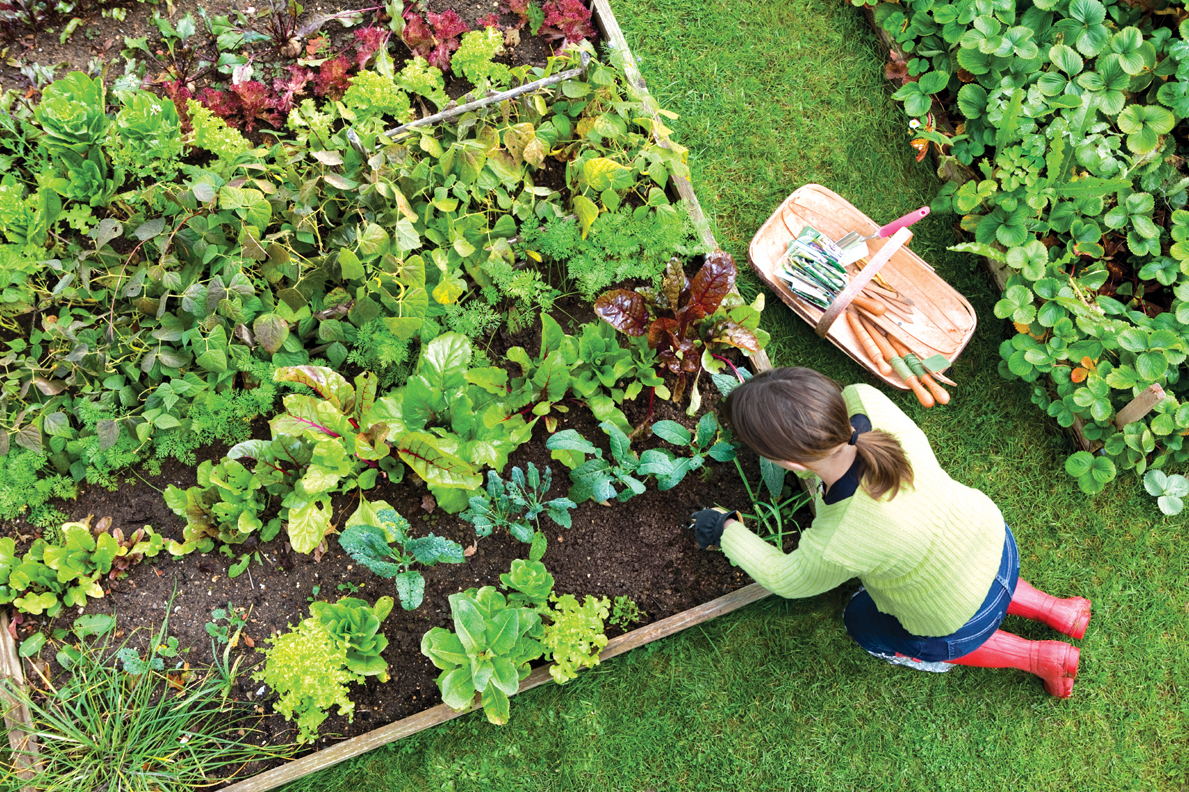
Raised vegetable garden is also a low maintenance one. As gardeners note, less weed appears to grow in them. Also, you won’t have to loosen up the soil in beds as often as the open ground, as you won’t compact the soil while stepping on it between the vegetable rows. Raised beds are also known for their drainage. And, they allow gardeners plant their vegetables much earlier, when the soil of the opened ground is still too cold. - Don’t forget to water the seedlings regularly, as they have to grow extensively and develop their root system. They’re also much more exposed to heat’s negative effects. That’s why you have to track the moisture levels and water the vegetables ‘on demand’. You have to pour the water slowly, so that it penetrates deep into the soil and doesn’t run away from the plant. The best time to water your vegetable plants is either in the early morning or in the late evening.
- Start with the easiest vegetables to grow. Carrots, tomatoes, radish and cucumbers, combined with herbs, consist a perfect selection for a beginning gardener.
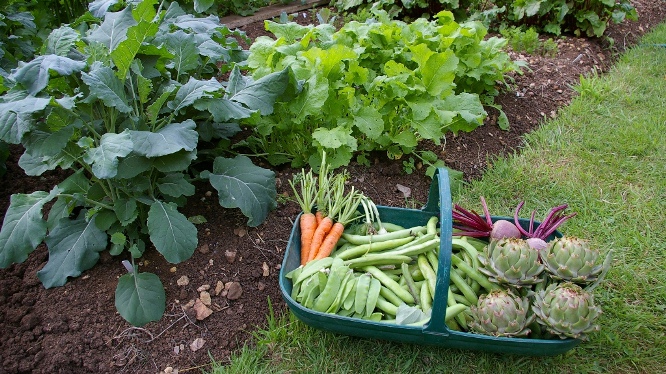
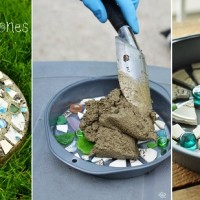

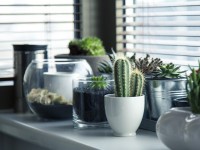
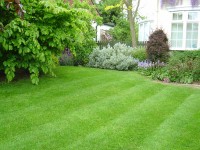
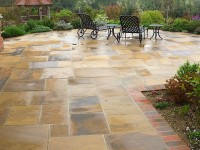
Cool article and usefull tips. You was right saing “picking a fresh vegetable directly off the plant and eating it right away is the experience that’s worth putting effort into learning how to garden”. I am growing tomatos now and biting fresh one is my favorite part of the gardening)))